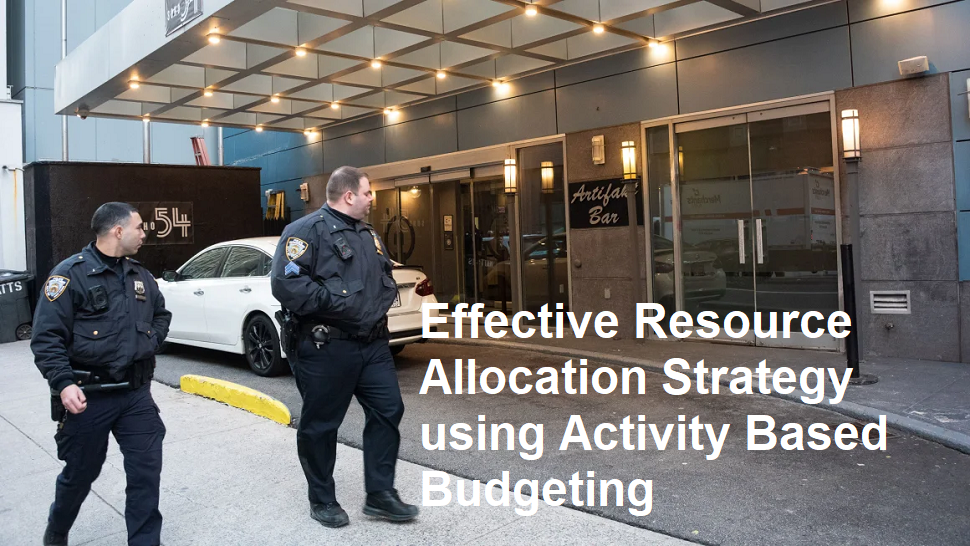There is an interesting term related to the capital market, namely Gambler Fallacy. Gambler Fallacy is the mistaken belief that capital market participants have that the past results of a random event can influence the future results of their trades. Simply put, it is a false assumption that if a certain event occurred frequently in the past, it is less likely to occur in the future, or vice versa. This fallacy stems from our innate human desire to find patterns in random events and can have a significant impact on the decision-making process.
The Psychology behind the Gambler’s Fallacy
The psychology behind the Gambler Fallacy lies in our cognitive biases and heuristics as humans. As humans, we tend to seek order and predictability in the world around us. We as humans are programmed to find patterns and understand random events around us. This tendency leads us to believe that if a series of coin tosses produces several consecutive drawings, then the next coin toss is likely to be a different side. However, this is a misconception, because in a coin toss each coin toss event is an independent event with a 50% chance of landing on either side, regardless of the outcome of the previous coin toss.
Another psychological factor that contributes to the Gambler Fallacy is the concept of “regression to the mean”, which refers to the tendency for extreme events to be followed by more average or expected events. For example, if a stock has experienced a period of very high returns, then the Gambler Fallacy in this case would have us believe that the next period will produce below average returns. However, in reality, the future performance of a stock is influenced by various factors and cannot be predicted accurately by us based on past performance alone.
Example of Gambler Fallacy in the Capital Market.
Gambler Fallacy can manifest in various ways in the capital markets, one common example is the belief that a particular stock will experience a correction after a prolonged period of growth experienced by that stock. Some investors assume that because the stock has performed well over a long period of time, the stock will definitely experience a decline in the future. However, this assumption ignores the fact that stock performance is influenced by market dynamics, company fundamentals, and other external factors that cannot be predicted based on the stock’s past performance alone.
Another example of the Gambler Fallacy phenomenon is in the context of investment strategy. Investors can fall into the trap of believing that if a particular strategy was successful in the past, then that strategy will continue to be successful in the future. However, this opinion can create a bias towards certain investment styles or approaches, without considering changing market conditions or the limitations of the strategy itself. So we need to realize that past performance is not a reliable indicator of future results and that market dynamics continue to evolve.
How Gambler Fallacy Can Lead to Bad Investment Decisions.
Understanding the Gambler Fallacy can have a negative impact on our investment decisions in the capital market. By relying on these fallacies, investors make irrational choices based on incorrect assumptions about future outcomes. This situation can result in missed opportunities or significant losses we experience in the capital markets.
One of the common consequences of the Gambler Fallacy is loss chasing, which is a situation where when an investor experiences a series of losses, they may believe that a winning streak is imminent. This view can lead to impulsive investment decisions, such as doubling down on losing positions or taking excessive risks to cover losses. But the main mistake lies in believing that past losses can affect our future investment results. In reality, every investment decision we make should be based on careful analysis and evaluation of current market conditions, not an emotional reaction to past losses.
Apart from that, Gambler Fallacy can also cause us to lose opportunities. Investors who believe that a stock or investment will experience a correction make them refrain from entering the market or selling too early, for fear of losing potential profits. However, by basing decisions on unfounded assumptions, these investors miss out on significant profits or fail to take advantage of market trends.
How to avoid falling into the gambler’s fallacy when investing? To avoid falling into the gambler’s fallacy when investing, there are several steps you can take:
* Raise awareness of bias. Be aware that biases such as the gambler’s fallacy can influence investment decisions. So, by being aware of its existence, friends can be more alert and avoid making decisions based on these wrong assumptions.
* Make sure to get accurate and complete information about investments if possible from the first source. Don’t rely on incomplete or speculative information that can reinforce the biases that usually come from the news media.
* Responsible for own investment decisions. This means doing in-depth research before making a decision and not relying solely on intuition or assumptions.
* Develop a standardized and systematic thought process in making investment decisions. This can involve a checklist or certain criteria that must be met first before making an investment.
* Always consider various alternatives and possible scenarios, rather than just focusing on one expected outcome from the start. This will help friends prepare for various possibilities and make it easier to cut losses.
* Continue learning and updating your knowledge about the capital market. Continuous education can help friends recognize and avoid various investment biases and get closer to consistent profits.
* Remain consistent with the investment strategy that has been established and proven to provide profits and don’t be easily tempted to change it just because of temporary market movements.












